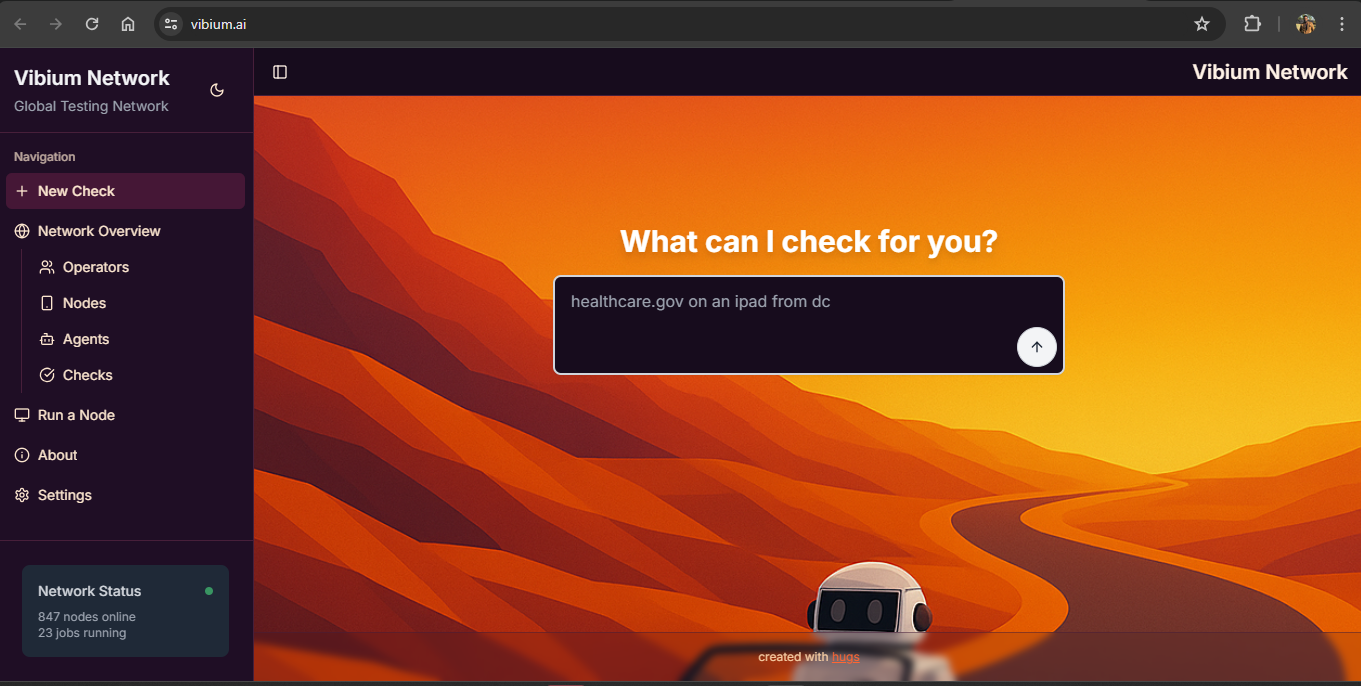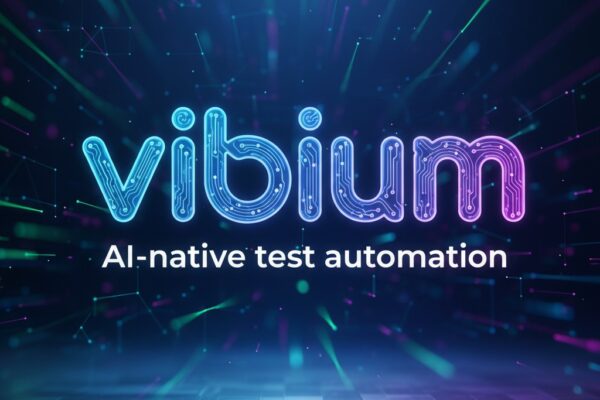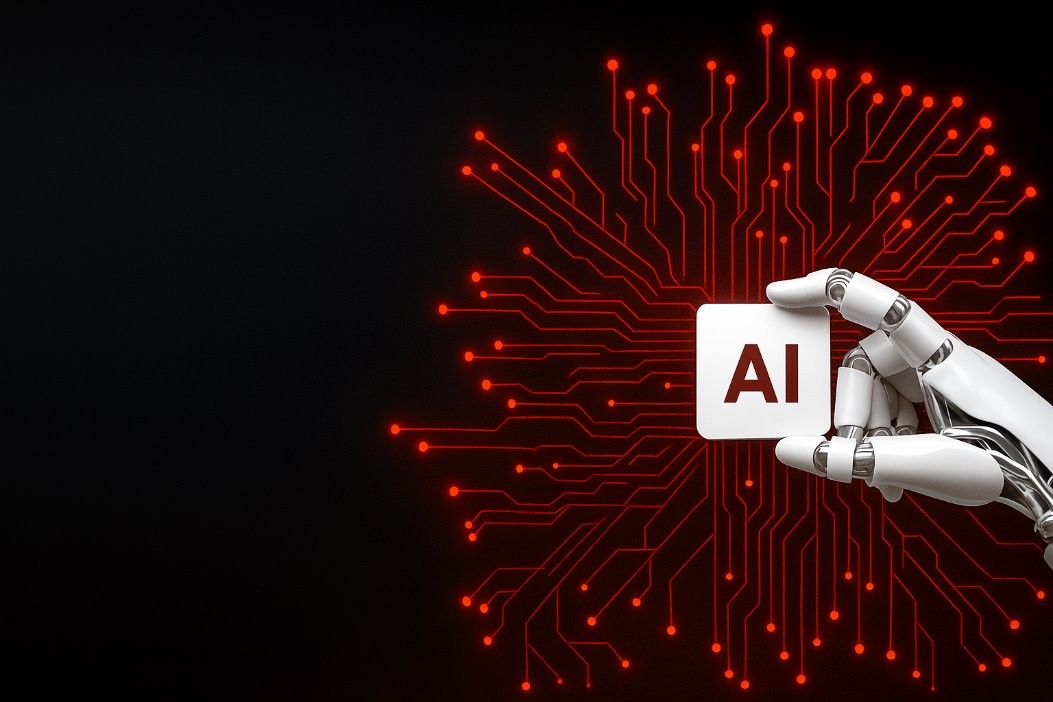“What Selenium did for browsers, Vibium aims to do for the age of AI.”
— Jason Huggins (Creator of Selenium and Appium)
A New Chapter in Test Automation
Selenium, Appium, and Playwright have revolutionized QA testing automation over the last two decades. But even today, automation engineers spend hours maintaining brittle scripts, chasing broken locators, and rewriting tests with every UI change. Enter Vibium — an ambitious, AI-powered testing platform designed to eliminate these pain points and redefine how software testing works.
What Exactly Is Vibium?
Vibium (also called Vibium AI) is a next-generation test automation system developed by Jason Huggins, the creator of Selenium and Appium.
Instead of relying on locator-based scripts, Vibium lets you describe your test cases in plain English — and the AI interprets, executes, and adapts them intelligently.
In simple words:
You tell Vibium what to test, not how to do it. This intent-driven approach ensures your test scripts remain intact even when the code changes — the system learns and adapts dynamically.

vibium.ai is “a demo site with demo data.”
Key Features and Innovations
1. Intent-Based Test Automation
No need for XPath, CSS selectors, or brittle locators.
Vibium understands natural language commands like:
“Click the Login button and verify the Dashboard loads.”
It uses AI models to interpret your intent and execute corresponding UI actions.
2. Self-Healing Tests
Every automation engineer has faced the nightmare of a minor UI change breaking hundreds of tests. Vibium’s self-healing engine automatically reroutes test flows when elements move, rename, or restyle — keeping your suite resilient and adaptive.
3. Decentralized Testing Network
Here’s where Vibium breaks all conventions. It envisions a global network of devices — phones, browsers, and desktops — that act as distributed test nodes. Test jobs can be broadcast to this network, leveraging real-world devices, networks, and locations for realistic end-to-end testing. This approach could render “device farms” obsolete by replacing them with a community-powered grid.
4. AI-Powered Stability
Instead of simple pass/fail results, Vibium’s AI analyzes context — screenshots, logs, error patterns — to understand why a test failed, not just that it did. This could lead to test systems that learn from failures and self-optimize over time.
The Architecture (Vision Stage)
While the platform is still in development, the envisioned architecture includes:
- AI Core: Parses natural language into executable steps.
- WebDriver BiDi Layer: Enables modern, bidirectional browser communication.
- Distributed Node System: Executes test commands across devices globally.
- Reputation & Security Layer: Ensures sandboxing, trust, and data isolation.
It’s a hybrid of AI reasoning and peer-to-peer testing infrastructure — something never done before in QA tooling.
Current Status (as of 2025)
- Stage: Early proof-of-concept / conceptual development.
- Website: vibium.ai (demo only).
- Creator: Jason Huggins (Selenium/Appium creator).
- Public Release: Not yet available (no GitHub repo or SDKs).
- PyPI Stub: A placeholder vibium==0.0.1 may exist, but is non-functional.
That means while Vibium isn’t ready for production, its vision has already ignited massive excitement in the testing community — much like Selenium did before its first stable release.
Why Vibium Matters
Vibium represents more than a new testing tool — it’s a paradigm shift.
If it succeeds, we could see:
- Tests written by product managers and analysts, not just automation engineers.
- AI maintains test suites automatically.
- Crowdsourced, global device grids replacing centralized labs.
- Testing that mirrors how users actually behave, not just how developers expect them to.
For enterprises struggling with flaky, expensive automation, Vibium’s promise could be transformative.
The Caveats
Every bold vision carries challenges. Vibium’s biggest ones include:
- Security & Privacy – Safely executing tests on third-party devices.
- Result Trustworthiness – Ensuring authenticity and isolation of test runs.
- Infrastructure Complexity – Orchestrating global tests in real time.
- Transparency of AI Decisions – Understanding why the AI took specific steps.
- Adoption Curve – Convincing large enterprises to shift from proven Selenium/Playwright stacks.
The Future: “Selenium for the AI Age”
Vibium is still emerging — but the concept alone has already started a new conversation in the testing world. We may soon see a world where automation frameworks don’t just run tests — they understand them.
For now, staying close to Vibium’s development (through vibium.ai and Jason Huggins’s updates) could give early adopters a serious advantage when it officially launches.
Final Thoughts
The evolution of test automation mirrors the evolution of software itself — from manual scripts to declarative frameworks to AI-driven intent systems. Vibium might bridge today’s rigid test automation and tomorrow’s autonomous testing intelligence. If it fulfills even half of its vision, it could be as revolutionary as Selenium was 15 years ago.




